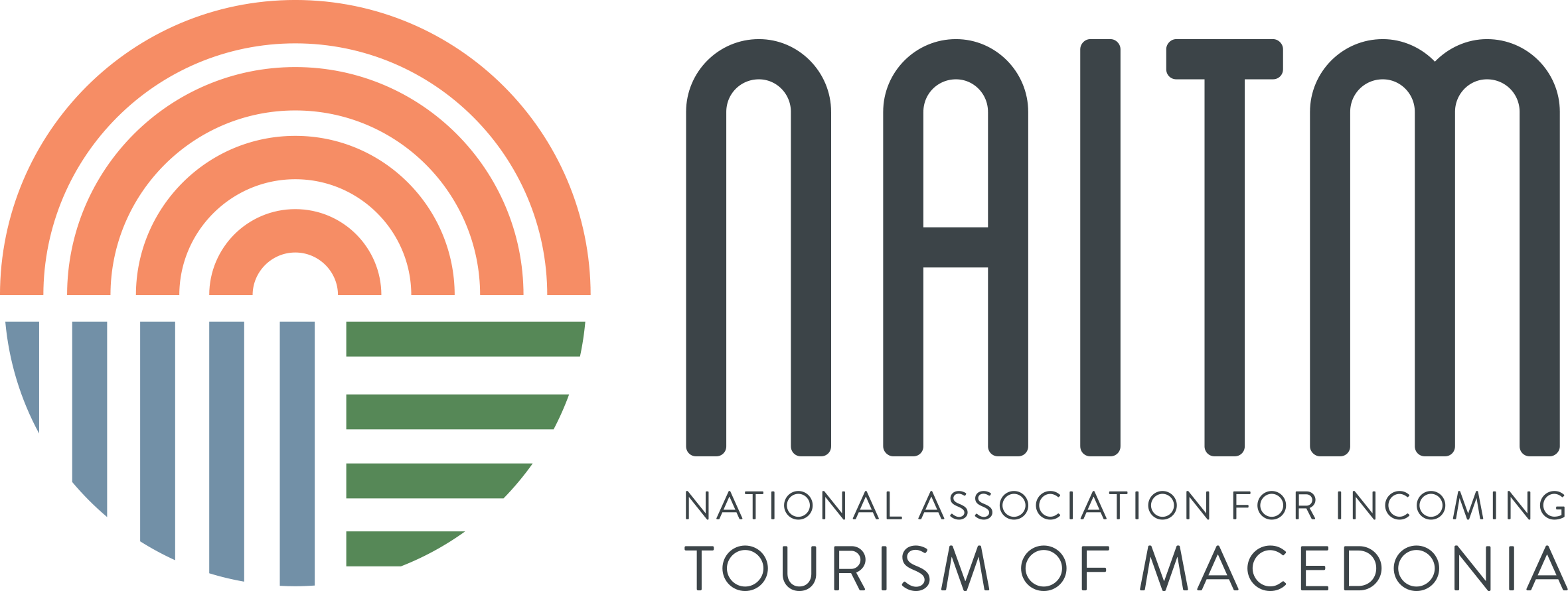History: North Macedonia is a historical region originating from ancient times. The Macedonian kingdom reached its zenith under Philip II (336 BC) and his son Alexander III (356-323 BC). After the dissolution of Alexander the Great’s Empire, Macedonia fell under the Romans. By the VI century the region was populated by Slav tribes which later converted to Christianity under St. Cyril and St. Methodius and their disciples St. Clement and St. Naum. In the IX century the region was annexed to the Bulgarian Empire. At the end of the X century King Samuil founded what historians consider the first kingdom of Macedonia. Samuel’s reign ended in 1014 with the Belasica defeat, close to the present-day town of Strumica in the south-east of the country, by the Byzantine Emperor Vasilij I. In the following three centuries, Macedonia was ruled by the Byzantines, Bulgarians and Serbs. Ottoman occupation began in 1494. This period deeply influenced the architecture of the country with rich Mosques and Ottomans buildings. However, the Turkish presence was never accepted by the population and this generated the revolutionary movements that characterized Macedonian history from the XV to the XIX centuries. With the end of the Russo-Turkish War, most of the Macedonian territory came under Bulgaria, but a few mounths later returned to the Turks. In 1903, the Macedonian revolutionary committees organized the Ilinden Uprising suppressed by the Turks after only 10 days. In 1919, the country was annexed to the Kingdom of the Serbs, Croats and Slovenes, renamed as Yugoslavia in 1929. After the end of WWII, Macedonia became a member of the Yugoslav Federation. In September 1991 a referendum expressed the independence of the country and in November the Constitution of the Republic of Macedonia was enacted.
The new republic was not immediately recognized by the international community due to the opposition of Greece over the use of the name “Macedonia” which also identifies a Greek region and the adoption of the flag with the “Vergina Sun” with 16 rays, symbol of Alexander’s dynasty. In 1993, the UN assigned the new republic the provisional name of Former Yugoslav Republic of Macedonia. In 1995 the Parliament decided to change the Macedonian flag, to the present one.
The new republic was not immediately recognized by the international community due to the opposition of Greece over the use of the name “Macedonia” which also identifies a Greek region and the adoption of the flag with the “Vergina Sun” with 16 rays, symbol of Alexander’s dynasty. In 1993, the UN assigned the new republic the provisional name of Former Yugoslav Republic of Macedonia. In 1995 the Parliament decided to change the Macedonian flag, to the present one.



